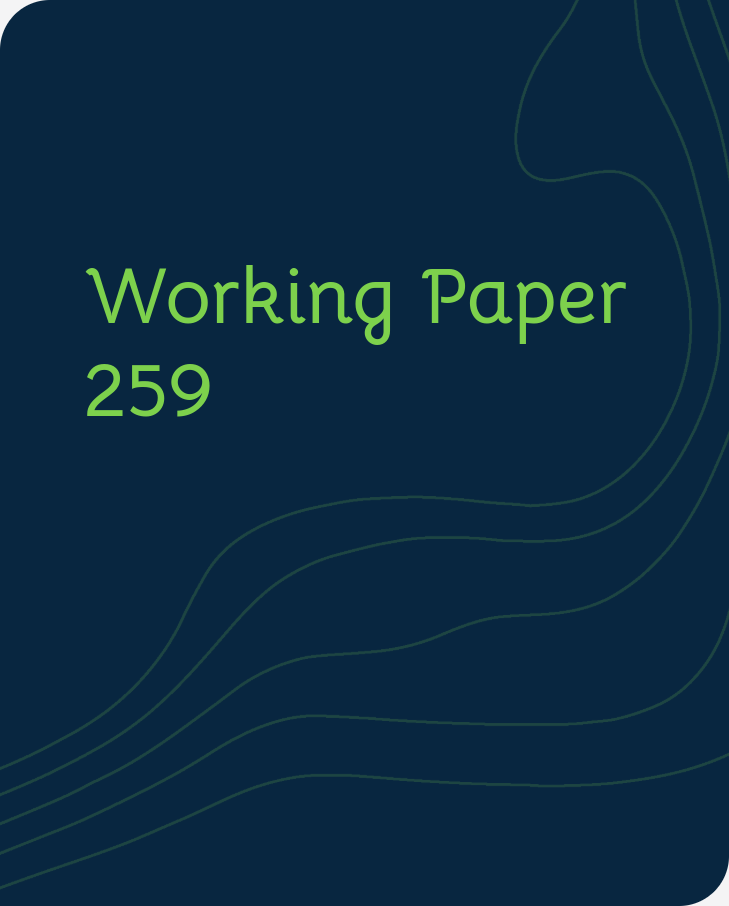Publication
Transition Report
Reform progress and transition indicators
Who we are
Overview: about the EBRDWho we are
Overview: about the EBRD
Learn about the EBRD's journey to investing more than €210 billion in over 7,500 projects.
What we do
Overview: how the EBRD operatesWhat we do
Overview: how the EBRD operates
Through projects, business services and involvement in high-level policy reform, we're doing more than ever before.
Work with us
Overview: how you can work with the EBRDWork with us
Overview: how you can work with the EBRD
We draw on three decades of regional knowledge and financial expertise to tailor our products and approaches to each client's needs.
July, 2021

By Tea Gamtkitsulashvili and Alexander Plekhanov
This paper traces the relationship between quarterly estimates of economic activity and people's mobility during the Covid-19 crisis in a sample of 53 economies. Over time, the estimates of elasticity of value added with respect to mobility have been declining, to around 20 percent at the start of 2021, attesting to the gradual adjustment of global economic activity to social distancing. Yet this adjustment appears to be modest, with economic recovery driven primarily by greater mobility. The analysis relies on country-specific estimates of potential economic growth consistent with normal mobility. The paper also proposes a simple approach to combining various aspects of mobility in a single index using country-specific weights. Out-of-sample forecasts of growth derived from mobility estimates perform well relative to random walk, medium-term potential growth and other benchmarks.
For media enquiries related to this working paper, please contact Ksenia Yakustidi, Media Adviser at the EBRD’s Office of the Chief Economist
YakustiK@ebrd.com
All Working Papers
The Working Paper series seeks to stimulate debate on transition in the EBRD regions.
